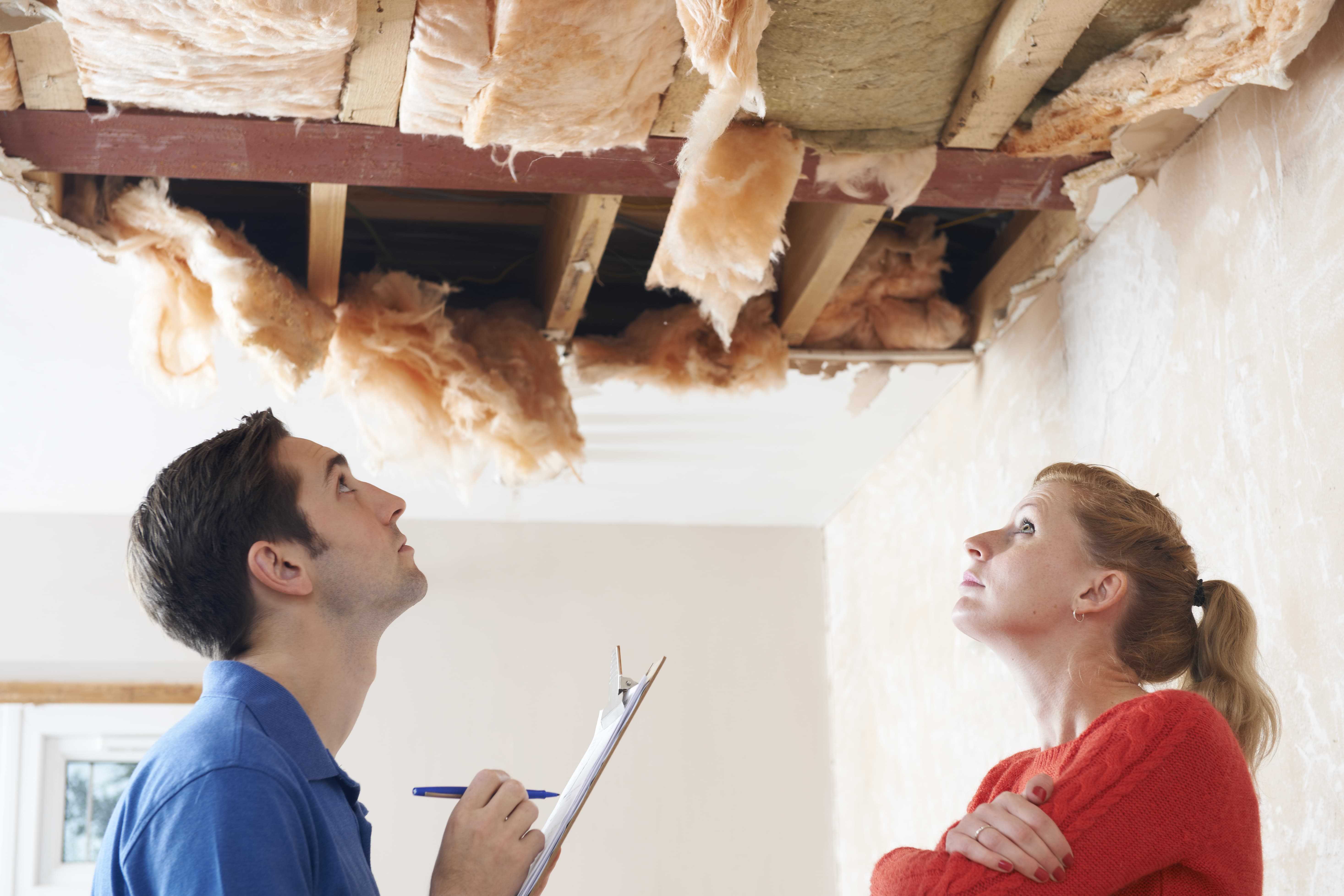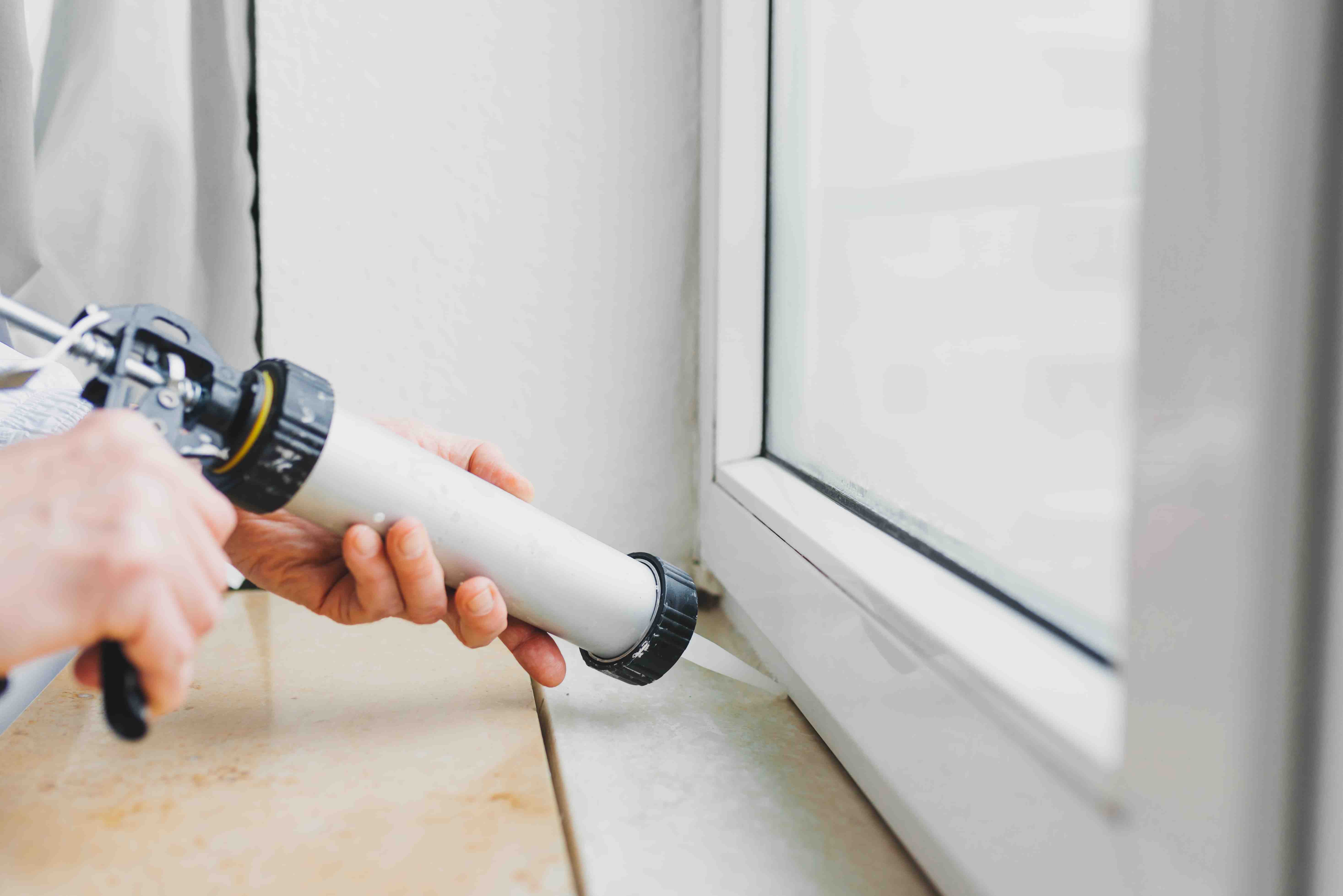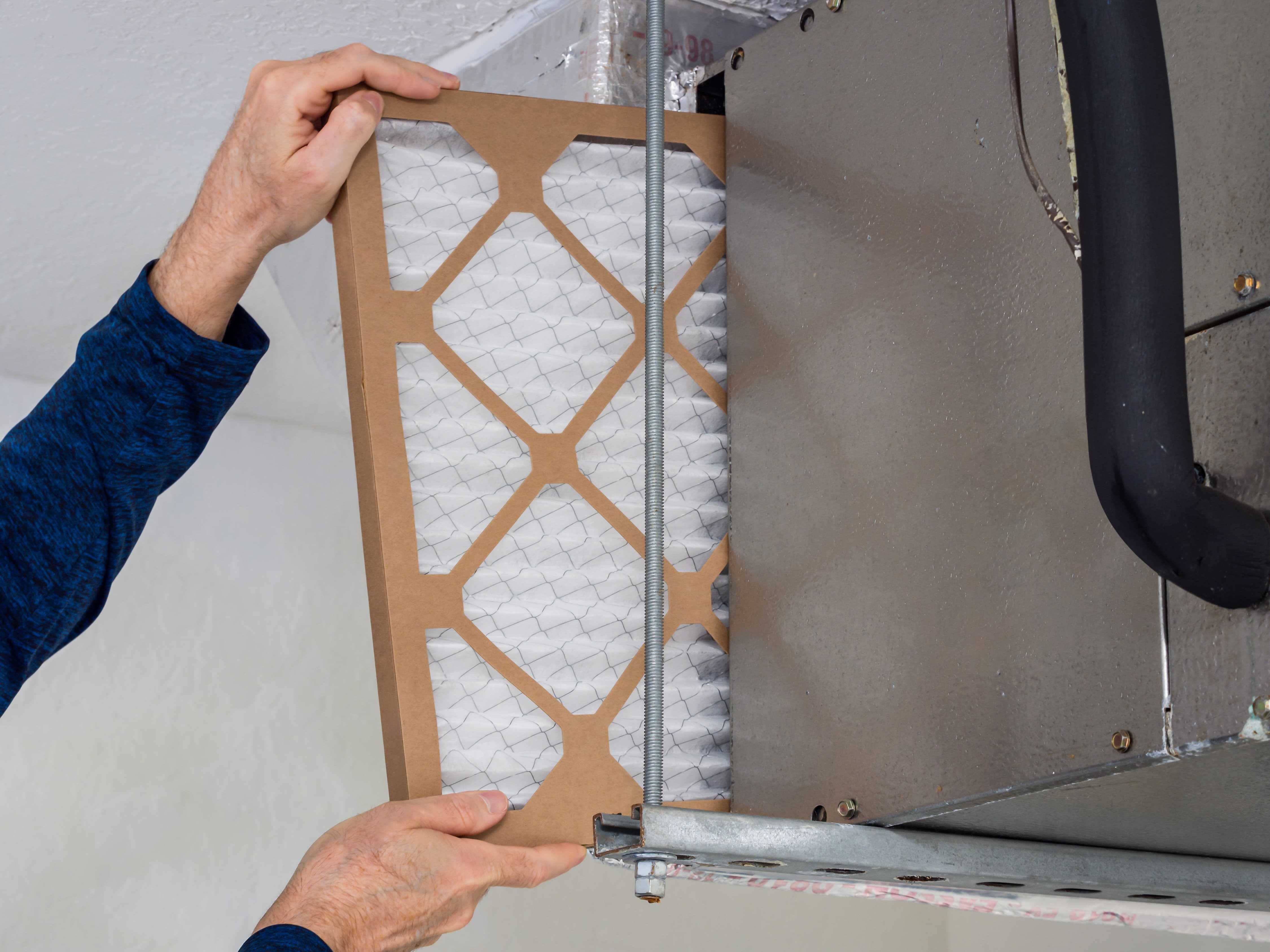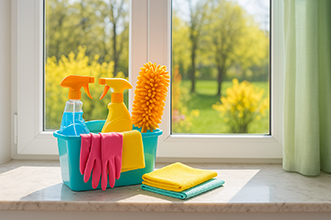How to Care for Your First Home
Ready to get started?
Window World offers free in-home consultations! Click below to schedule today!
Get started!
First-time homeowner tips everyone should know
Congratulations on buying a home! Purchasing real estate is a big deal and an exciting opportunity. But as with anything new, learning how to take care of a house will take practice and guidance. Here are some helpful first-time homeowner tips to get you started.
1. Make a home management binder (filing cabinet drawer, fireproof box — whatever will work best for you) from the very beginning.
There are guides for making beautiful binders online, but the important thing is to have a safe, centralized location for all your important house documents. In one section, keep your buyer-agent and purchase agreements, inspection and appraisal reports, home warranty and insurance documents, real estate disclosure statement, mortgage and closing documents, and your deed. Keeping track of the paperwork will help ensure no mortgage statements or other important details get lost. In another section, file away warranties and instruction manuals for appliances and tools you purchase. Next, keep a log of all the maintenance and renovation work that is done on the house — dates when it was done, the costs, and who did the work. You should also start a checklist of seasonal tasks and odd jobs to do for ongoing home maintenance. We’ve included several items to get you started, but your schedule will be unique to you and the type of home you’ve bought.

2. Pull out that inspection report and take a tour of your new home.
As part of the home-buying process, a professional has reviewed various aspects of the house and told you what condition they’re in. Now is a great time to establish a baseline for each item on the report so that in the future, you’ll be able to recognize changes and address problems more proactively. Keep in mind the old adage, “An ounce of prevention is worth a pound of cure.”
Take this opportunity to familiarize yourself with where shut-off valves and breaker boxes are located. It’s a lot easier to flip a circuit breaker in the dark if you already know where it is. You can also look around and start making your new homeowner checklist — what can be fixed, updated or replaced before you move in to save the hassle later? Are there any jobs that should be budgeted for or scheduled a year or two from now?
3. Do as much renovating, repair work, cleaning, and painting as you can before moving in.
Simple enough, but it bears repeating. Any work you can do beforehand will be made significantly easier. If there’s damage to your siding, windows or roofing, be proactive to get professionals involved to help correct the issues as soon as possible.
4. Replace your locks and determine what, if any, security system you want for your new home.
5. Set up your forwarding address so your mail doesn’t keep going to your former residence.

6. Introduce yourself to your neighbors and HOA.
It’s important to know the rules so you don’t break them. And being on good terms with those who live around you can have a huge impact on your quality of life. A positive first impression and friendly waves might evolve into life-long friendships, or at least a last-minute cup of sugar when you need it most.
7. Checklist time! We’ve compiled a list of tips for new homeowners based on how frequently a task will likely need to be completed, barring unforeseen circumstances.
Once a decade:
- Replace fire extinguishers and reread the instructions for how they’re used.
- Replace your smoke alarms and carbon monoxide detectors.

Every 2–5 years:
- Reseal your driveway, sidewalks, decks, porches, and wooden fences. Concrete, asphalt, brick, and wood all need ongoing protection from their continuous exposure to the elements.
- Always be on alert for unexpected changes in your energy bill or a new draft in your home, but even without those, the caulking around windows and doors will crack and fail over time. If recaulking isn’t enough, professionally installed energy-efficient replacement windows and doors can help lower heating and cooling energy use and boost your home value.
Annually:
- Inspect and clean wood-burning fireplaces.
- Check basements, attics, crawlspaces, and any other infrequently visited areas of the house for moisture or any other problems.
- Perform preventative maintenance on your hot water heater.
- Clean out your dryer vent.
Twice a year:
- Replace the batteries in your smoke alarms and carbon monoxide detectors.
- Depending on your furnace, filters need to be replaced anywhere from once a month to once a year — best to read up on yours and check the filters for visible dust, dirt, and debris as recommended by the manufacturer.
- Clean out your gutters. Debris caught in your gutters makes them less effective, so keep them clear to help protect your house from water damage.

Quarterly:
- Replace HVAC filters throughout your home.
- Inspect the trees around your house for any signs of damage or decay — trimming or removing any problems can save you thousands of dollars in repairs if any were to fall and damage property.
You’ve finally cleared the hurdles of credit scores, home loans, purchase prices, and closing costs. The home-buying process is an arduous one, and your new home is a huge investment, so use this and other new homeowner guides to help you take the best care of it you can.
Window World is here to help with your home exterior improvements and remodeling needs. We’re also happy to help with replacement doors, windows, and siding to make sure your new home is as beautiful and energy efficient as you hoped it would be. You can put your trust in our more than 25 years of service. It all starts with a free in-home consultation and quote. Contact your local Window World store today.



